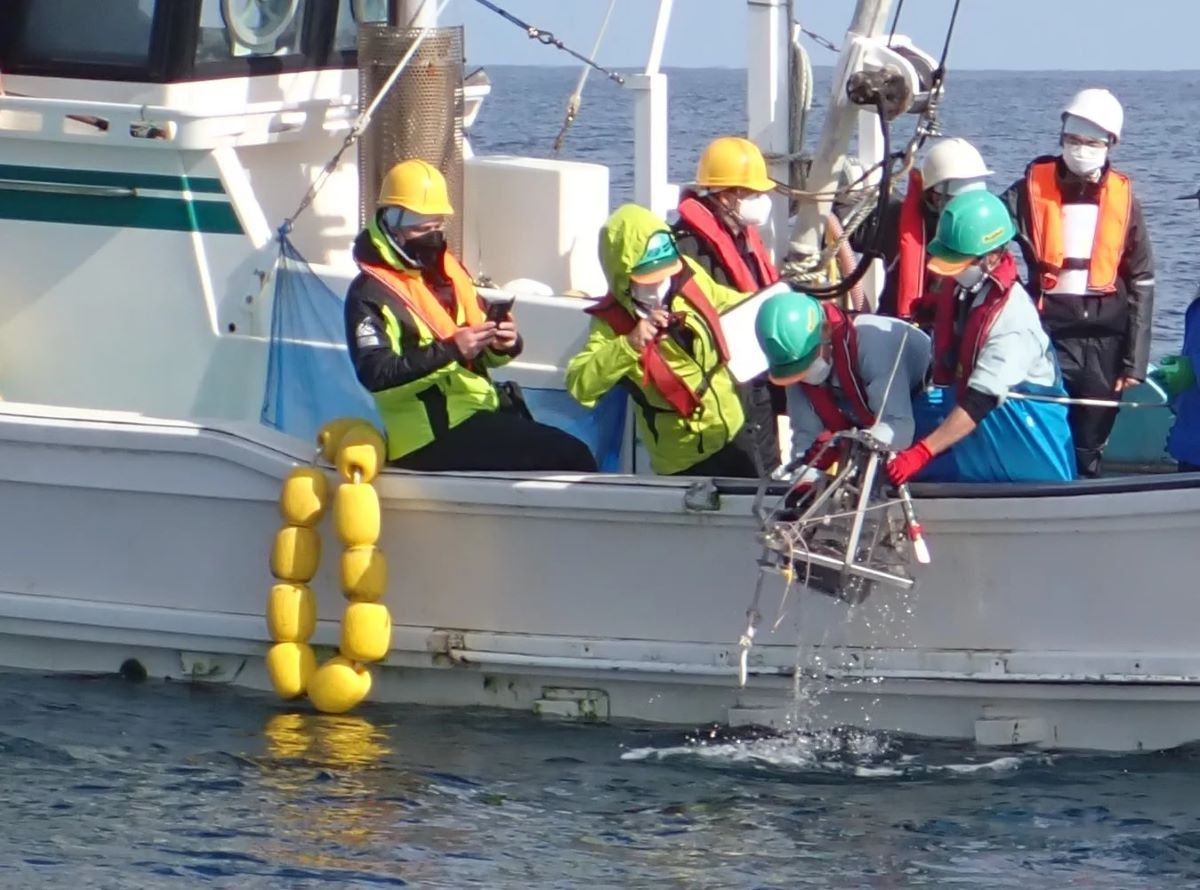The new seawall will reach 19 meters above sea level, with a length of 1,200 meters and a maximum width of 30 meters. A rock-supporting structure will also be used, connected directly to bedrock below the surface. Total construction costs are put at JPY180 billion, and the time from launch to completion is estimated at three years, though the power company will try to finish the work as swiftly as possible.
The operation of all three units at Tomari has been suspended since Tomari-3 entered periodic inspection in May 2012. Starting in July 2013, applications were filed with the Nuclear Regulation Authority (NRA) for examinations at all three units to test for compatibility with the new regulatory standards, and more than a decade has already elapsed since then.
In December 2014, Hokkaido Electric Power completed construction of a 16.5-meter-high, 1,250-meter-long seawall intended to prevent site flooding to a depth of 15 meters (as had been experienced at Fukushima Daiichi in the 2011 tsunami). That wall shielded the entire coastal areas in front of the Tomari site.
The safety examination for Tomari-3 progressed faster than those for the other two units. While the examination related to the plant (including dealing with severe accidents) had been mostly completed, matters remained to be addressed involving natural hazards—namely, measures for tsunamis expected along the eastern coast of the Sea of Japan, as well as volcanoes.
Meanwhile, Hokkaido Electric Power—taking quake-caused ground liquefaction into consideration in its tsunami-resistance design policy—decided to install a new seawall from the perspective of “further enhancing safety,” and began removing the existing one in 2022.
By February 2024, the power company completed its explanation to the NRA of its new seawall design concept and its structure formability evaluation results, which guided its determination of a basic structure.


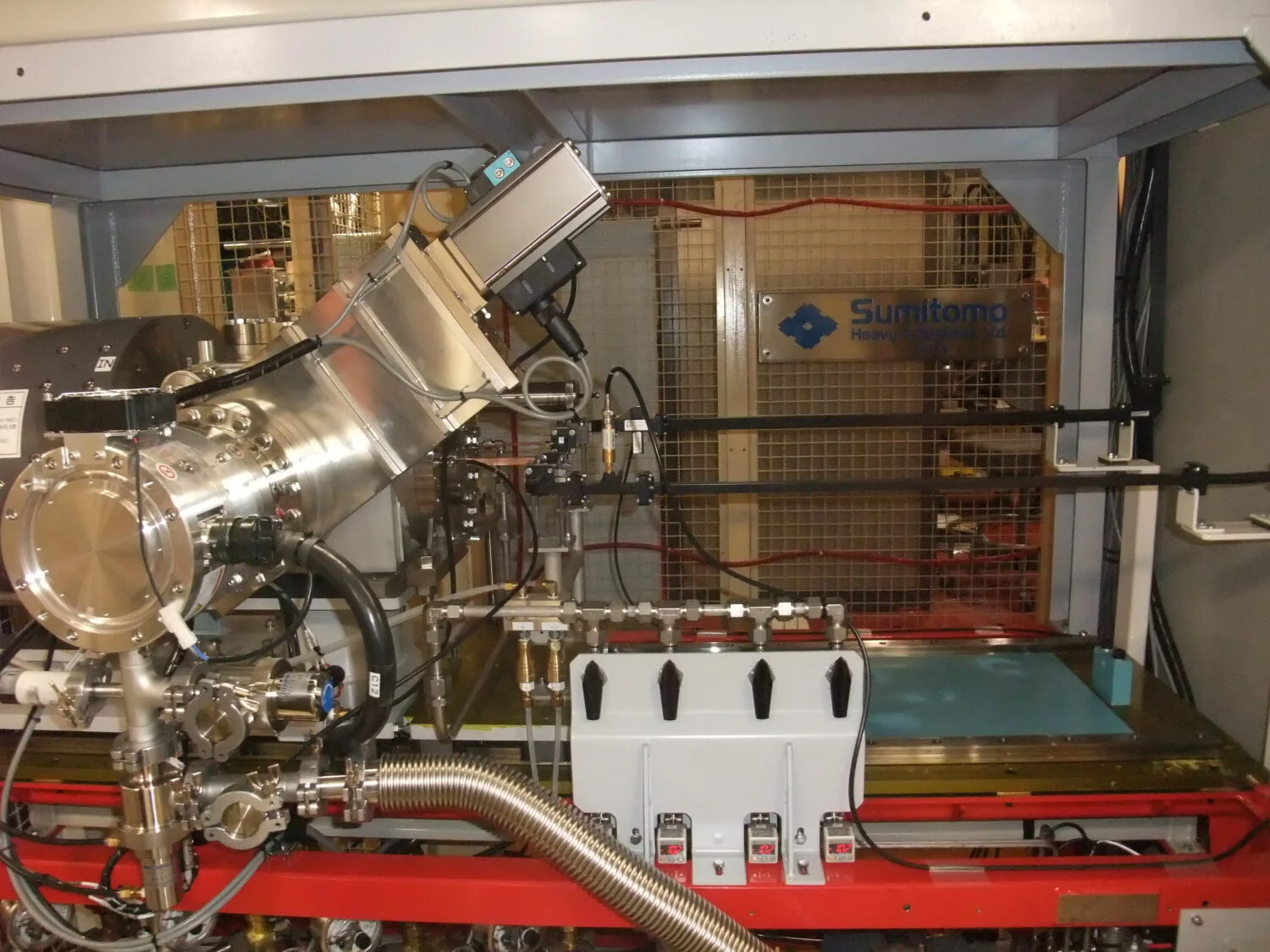
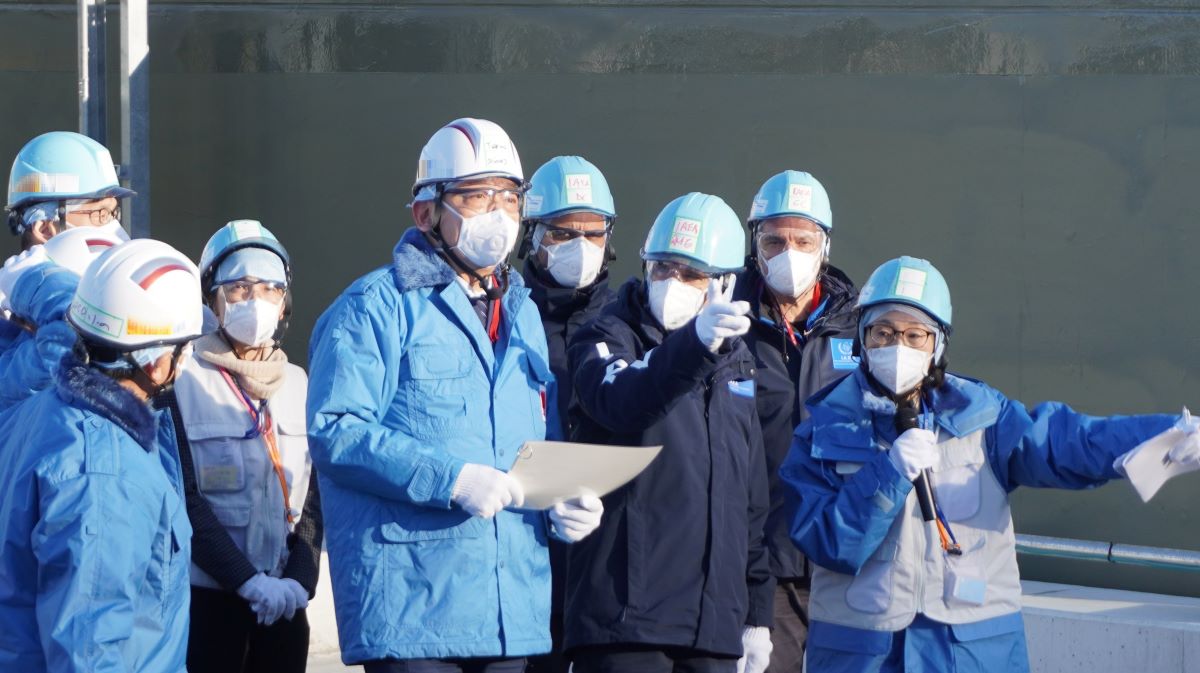
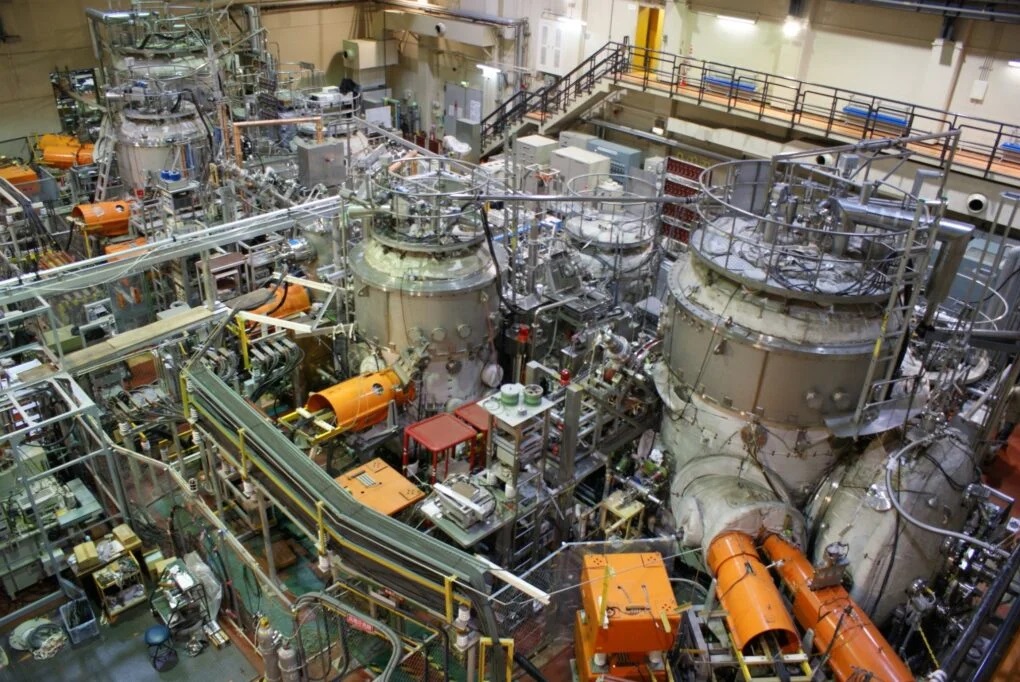
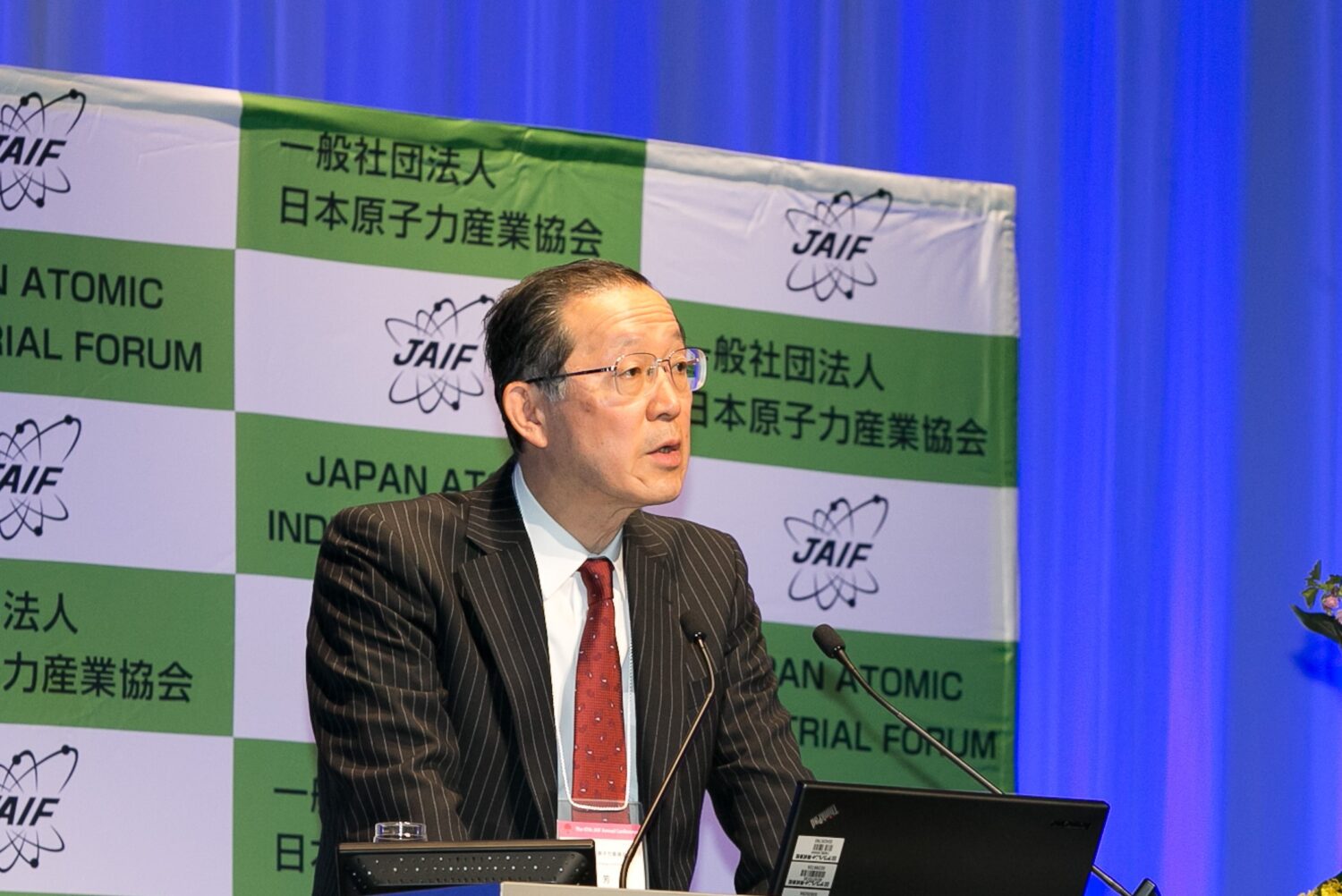
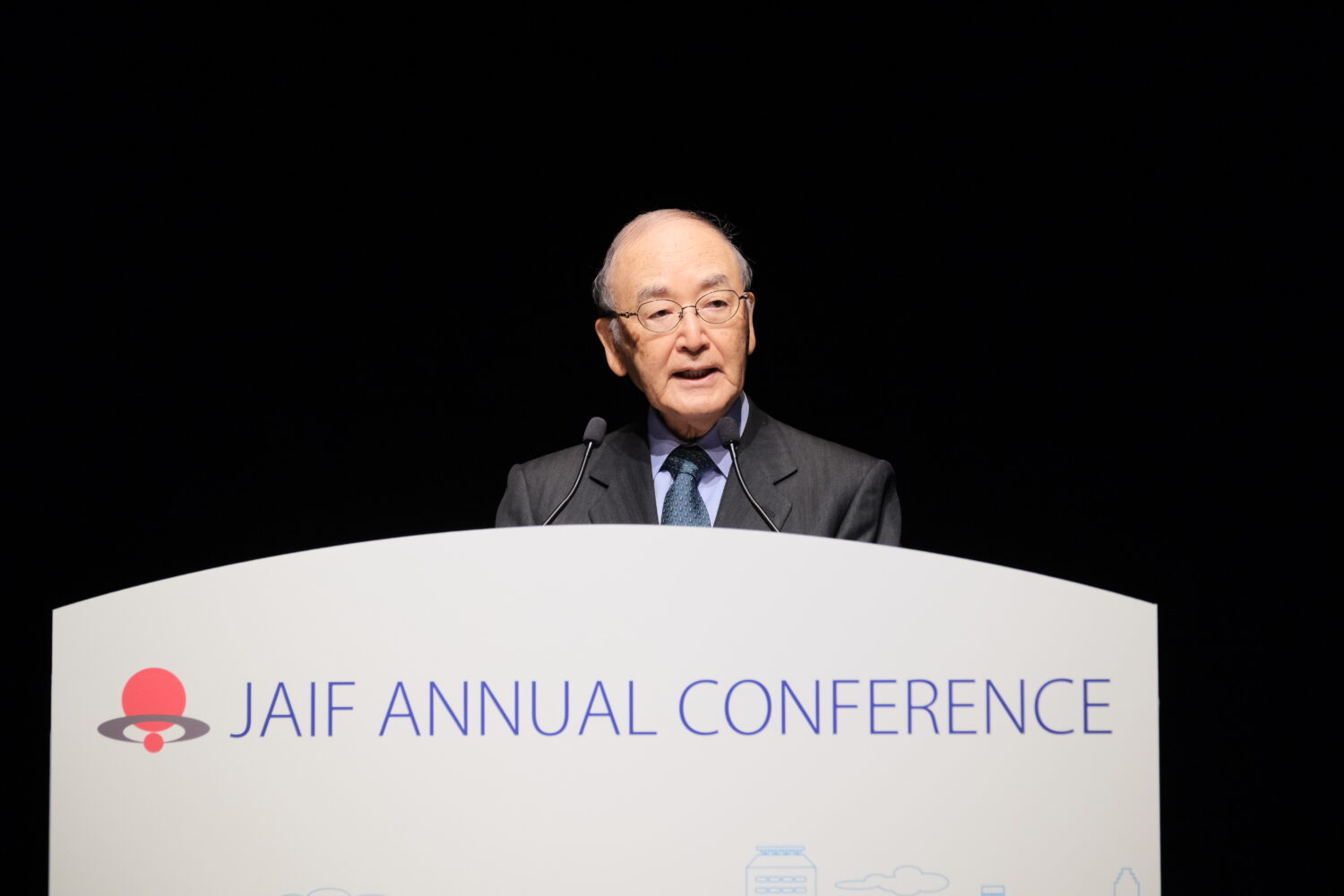

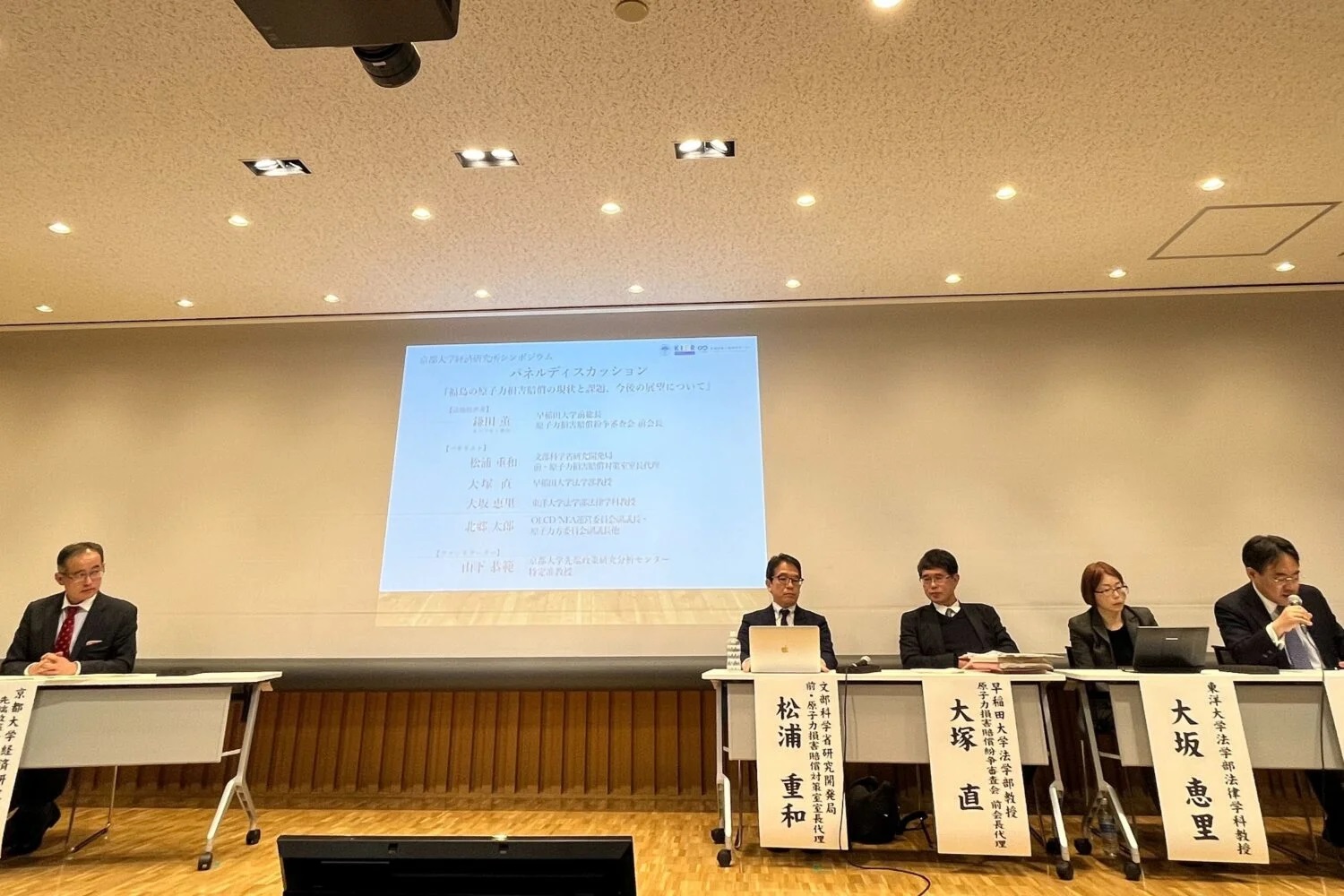
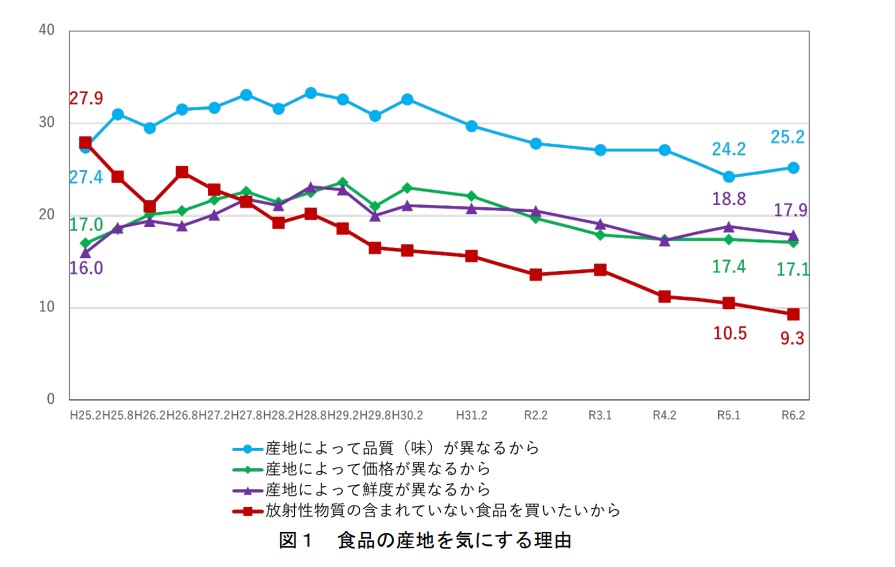

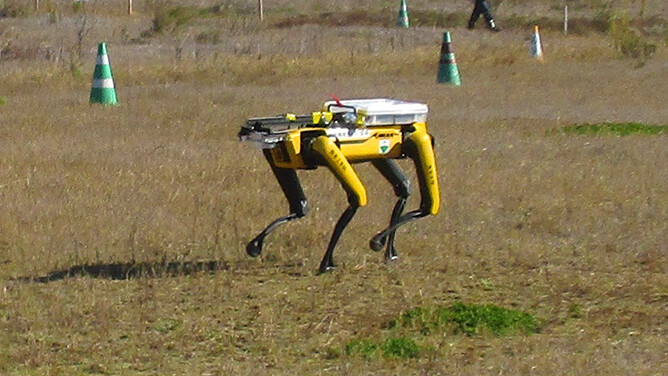
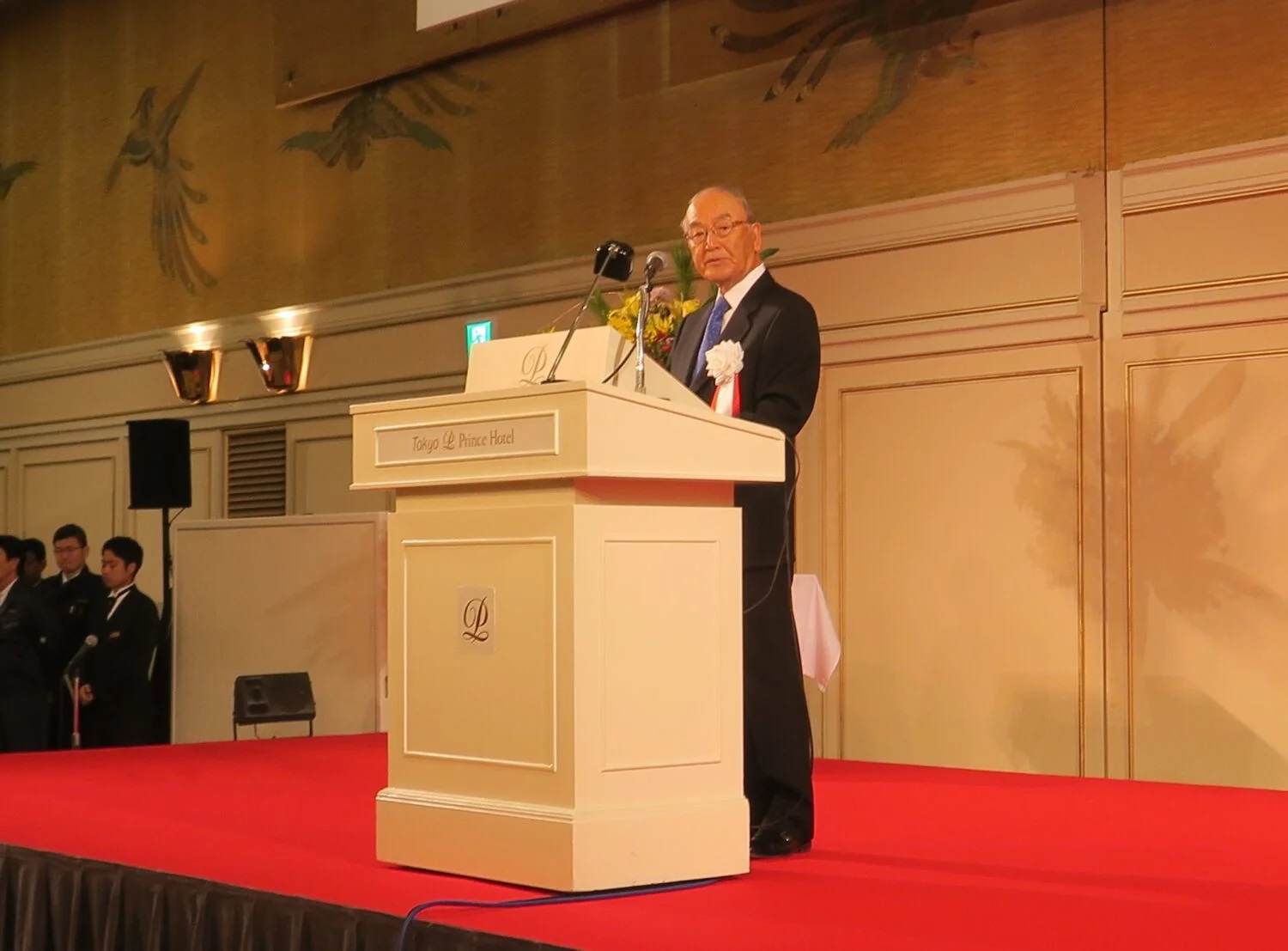
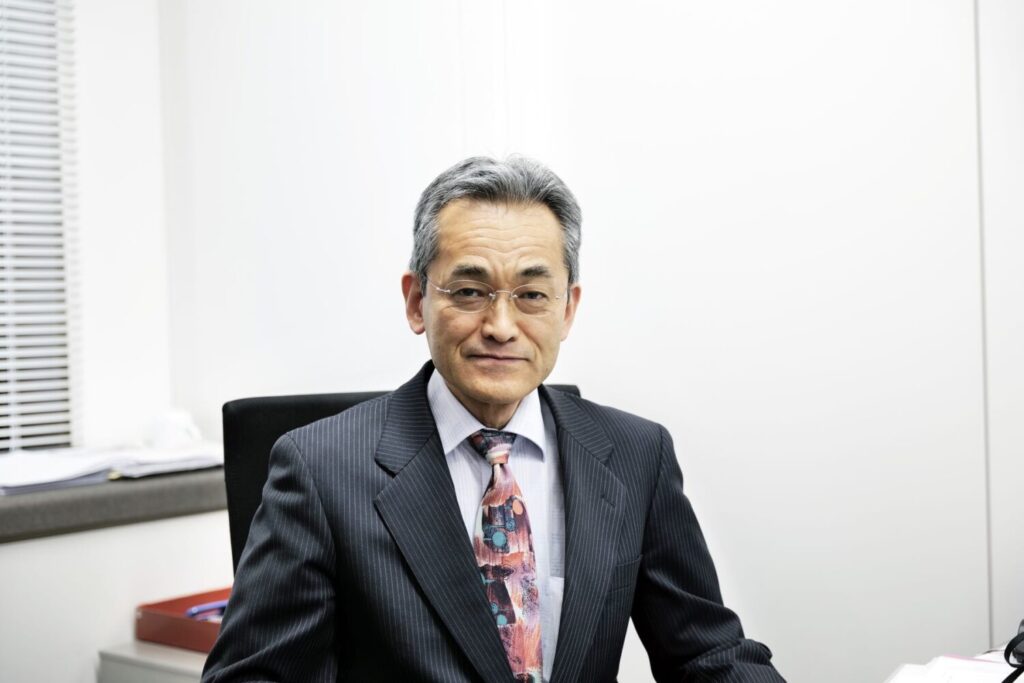

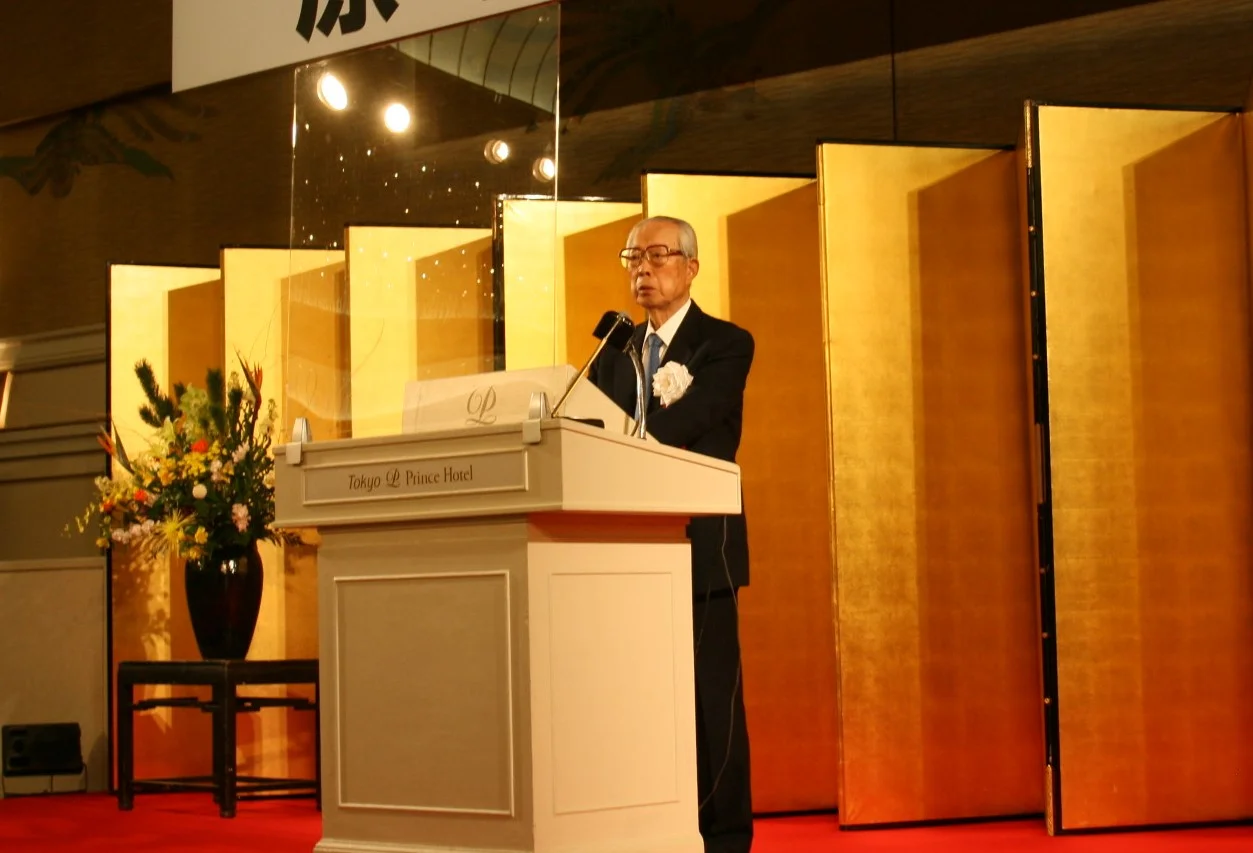
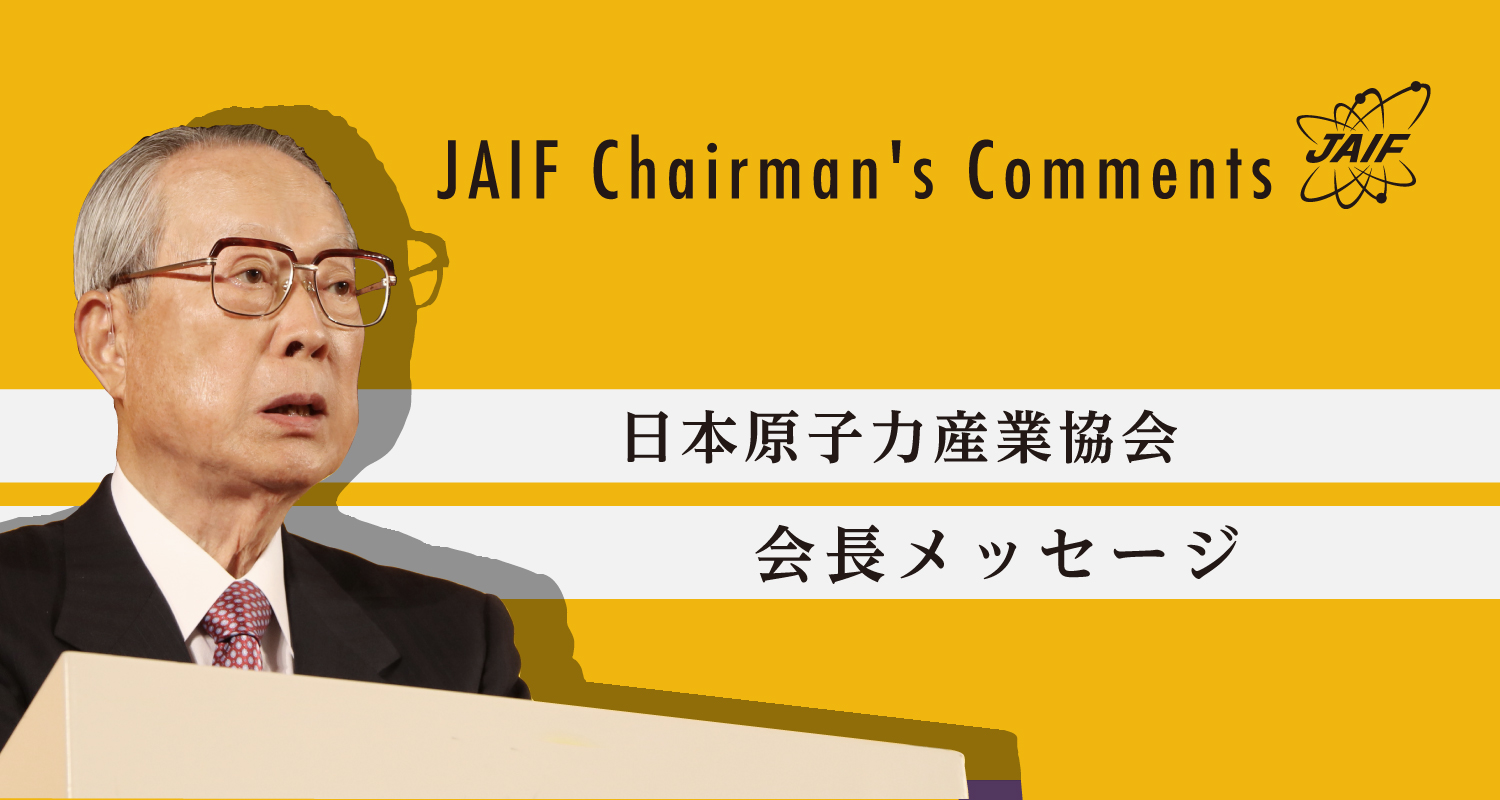
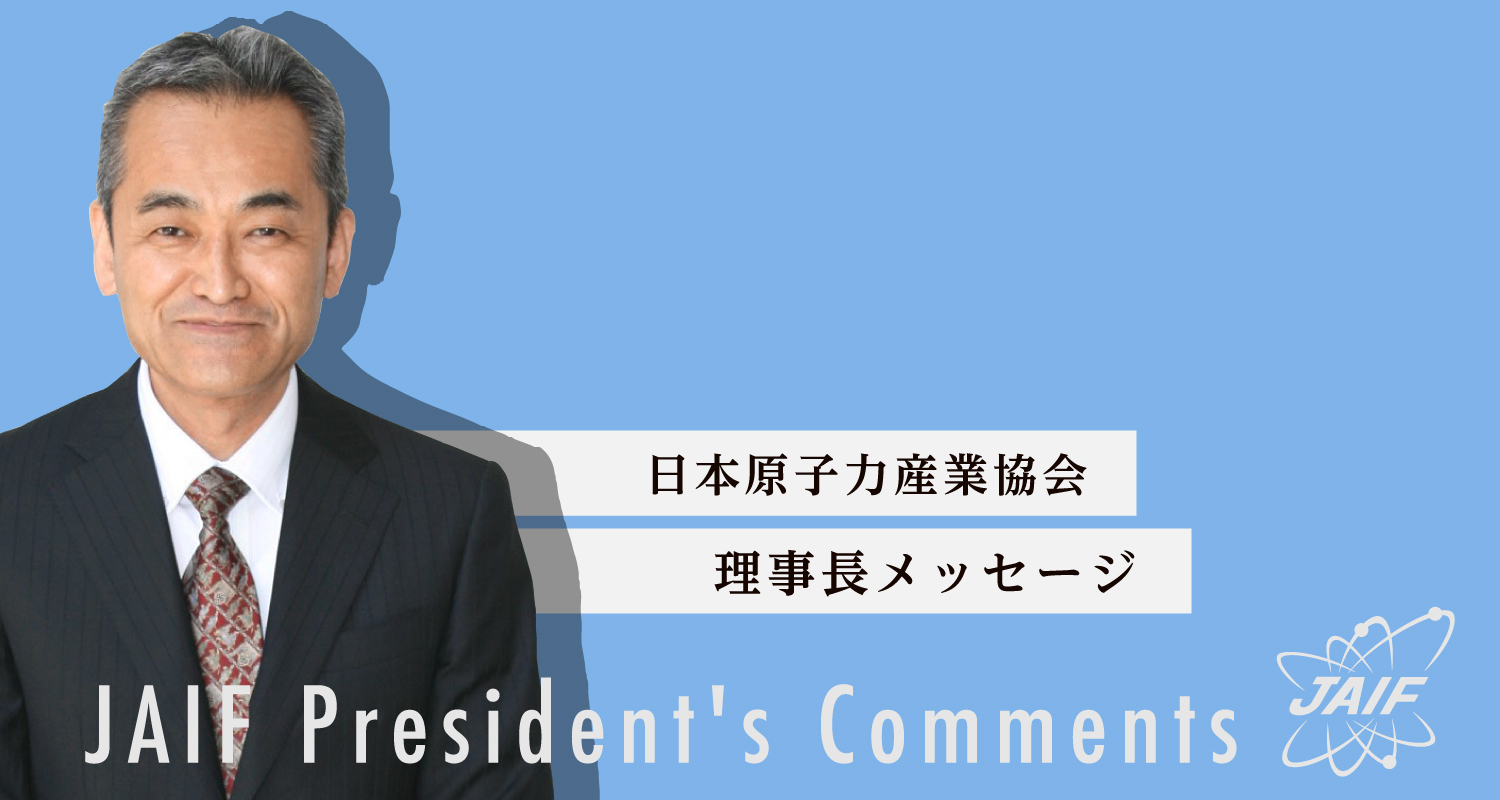
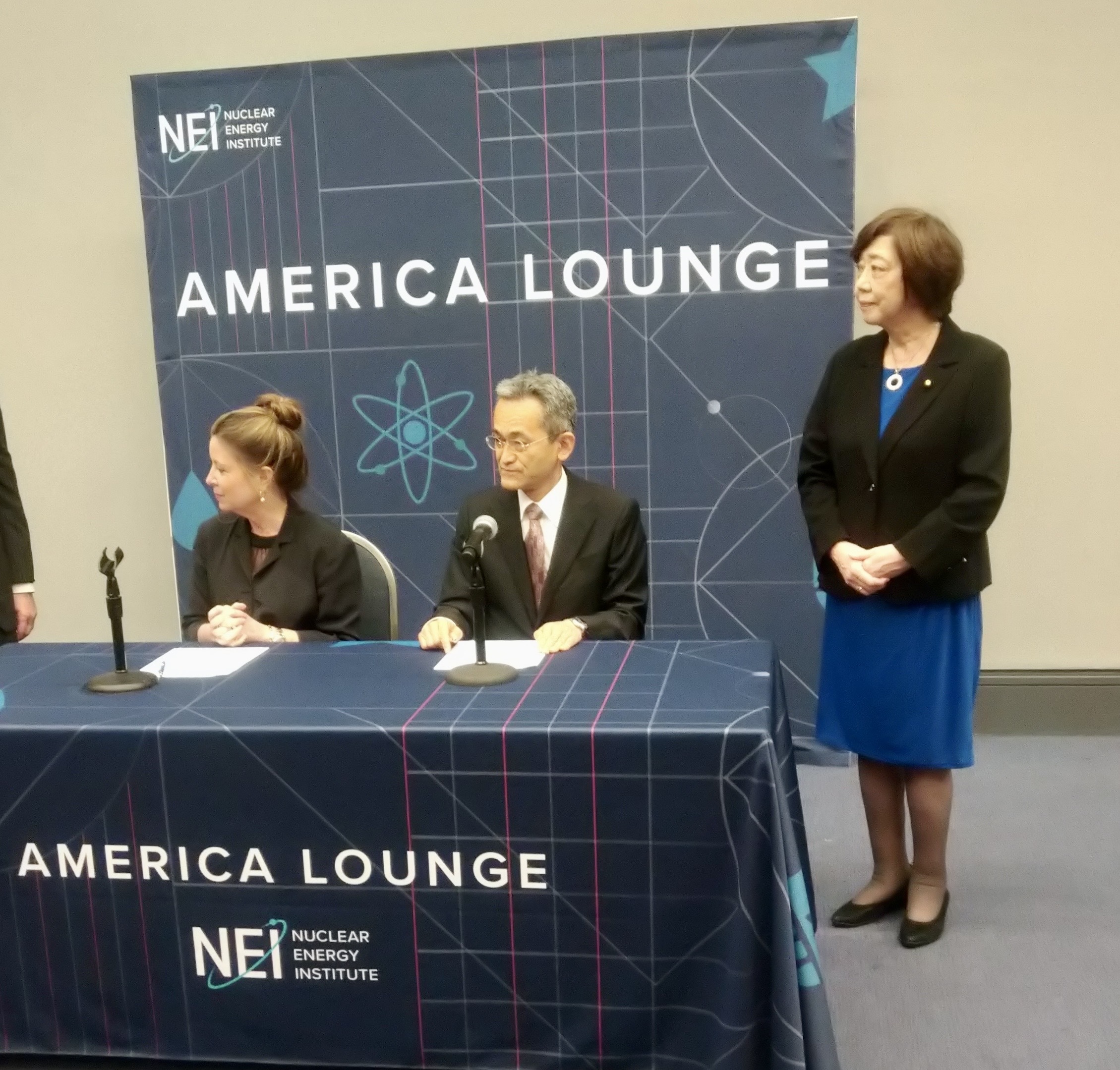

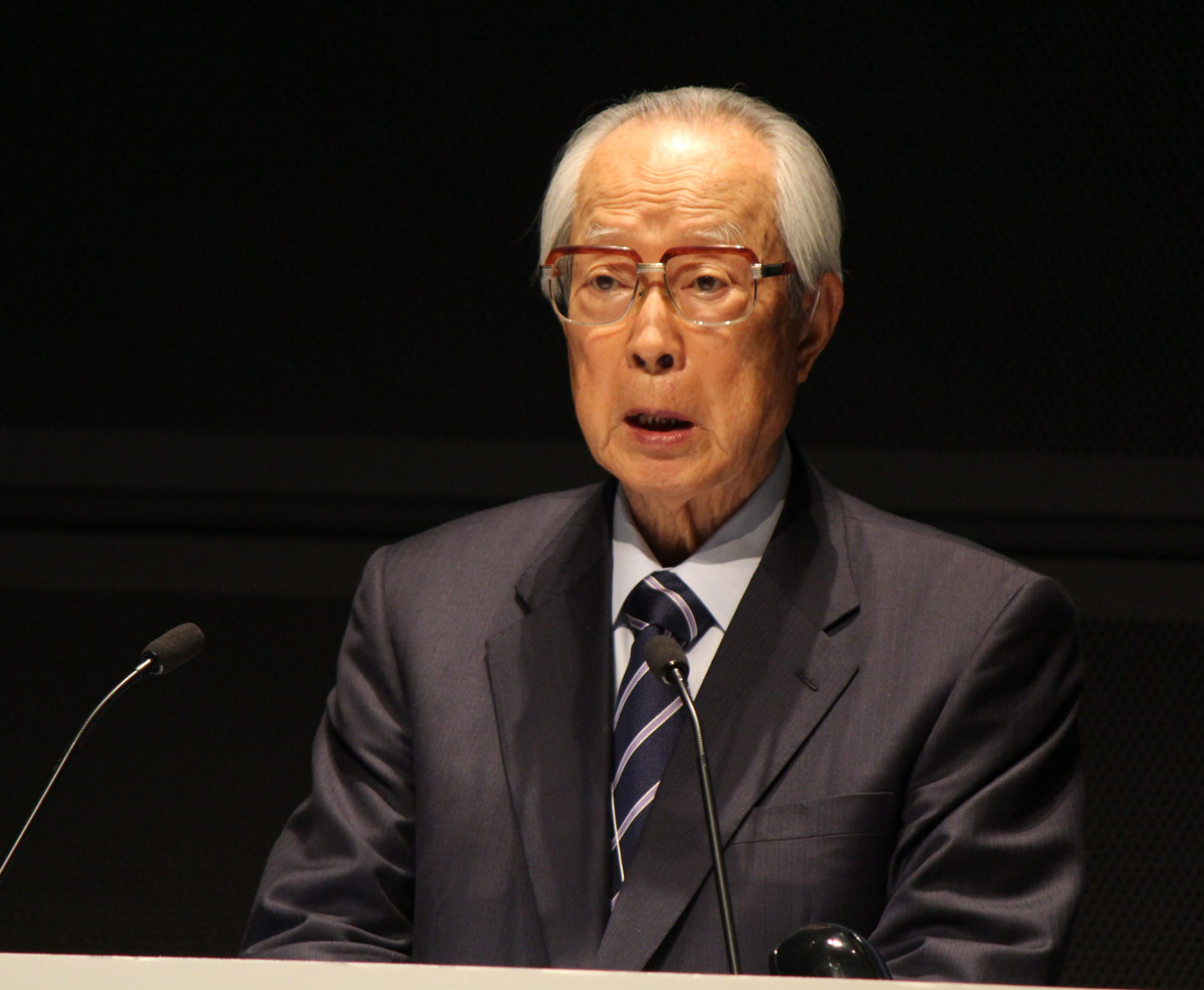
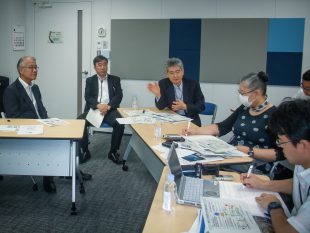


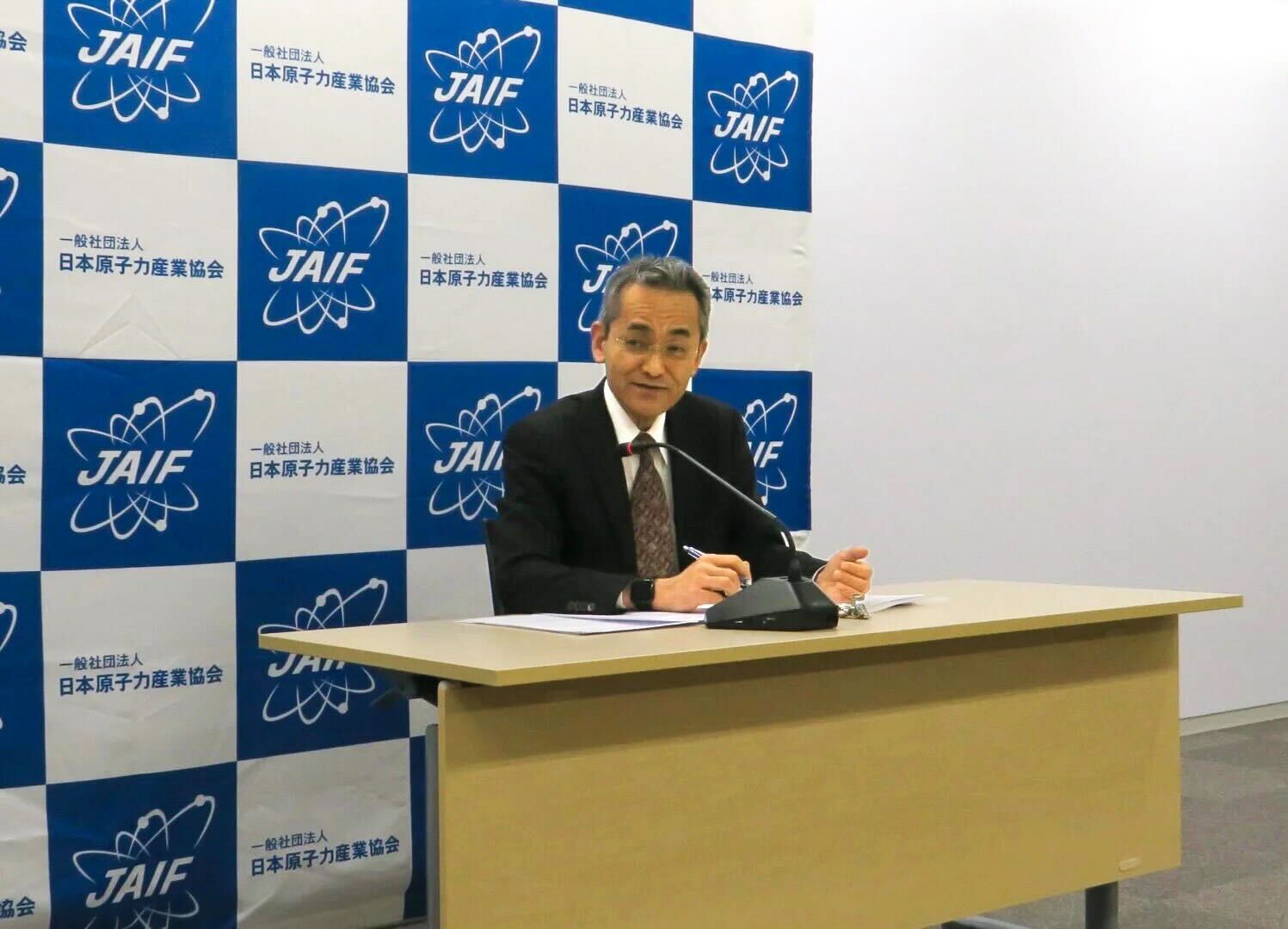
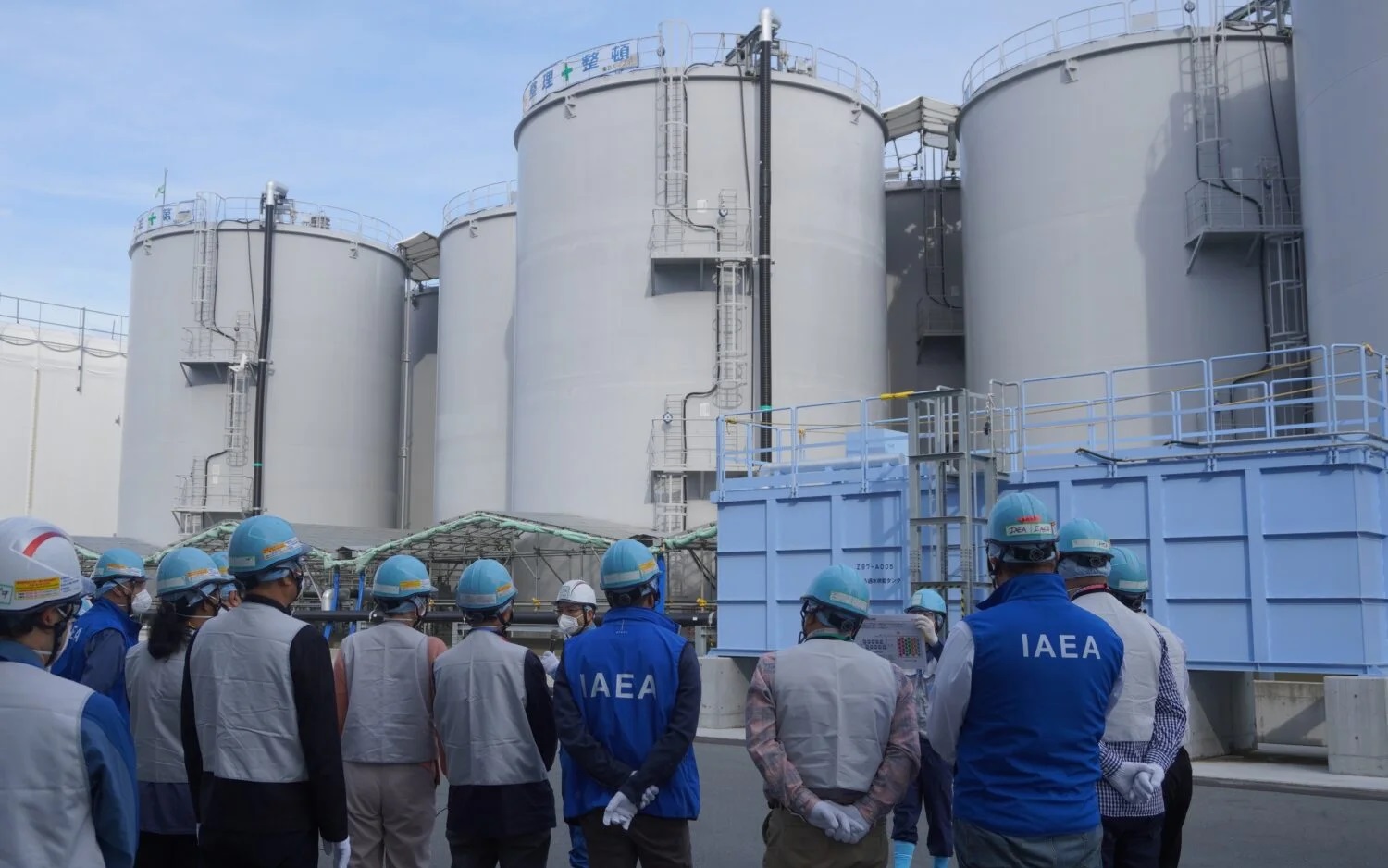
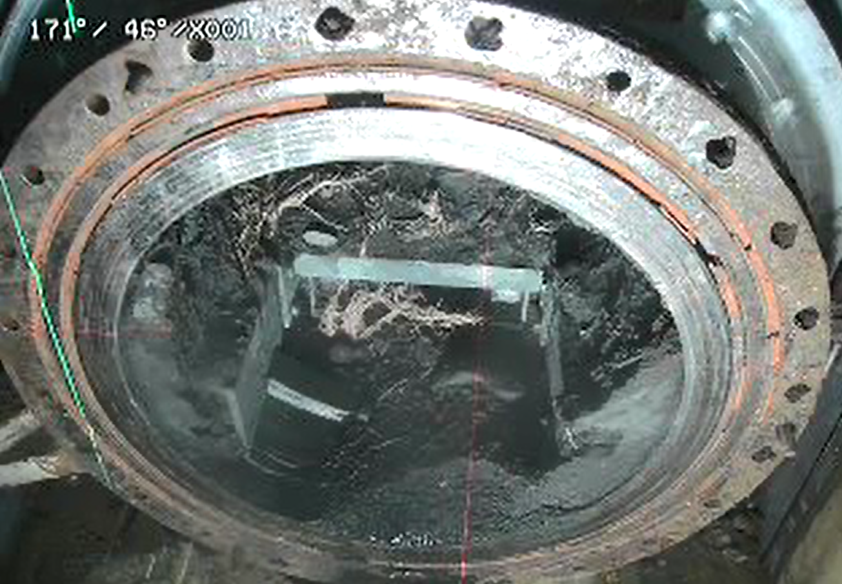

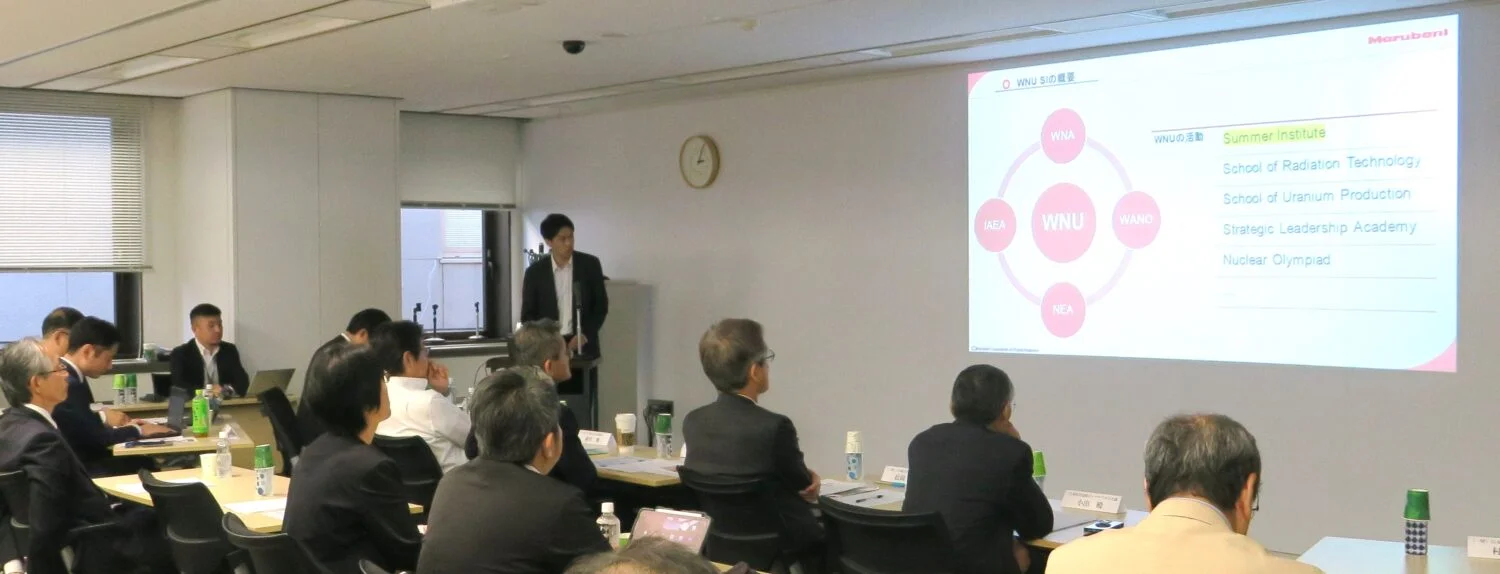
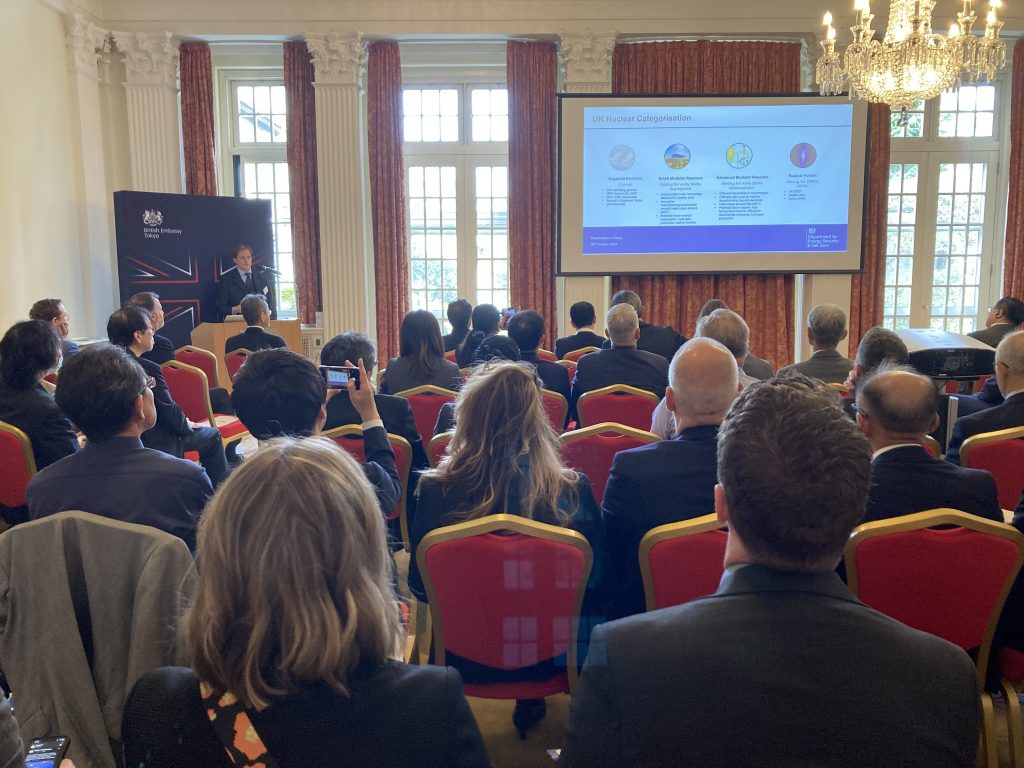
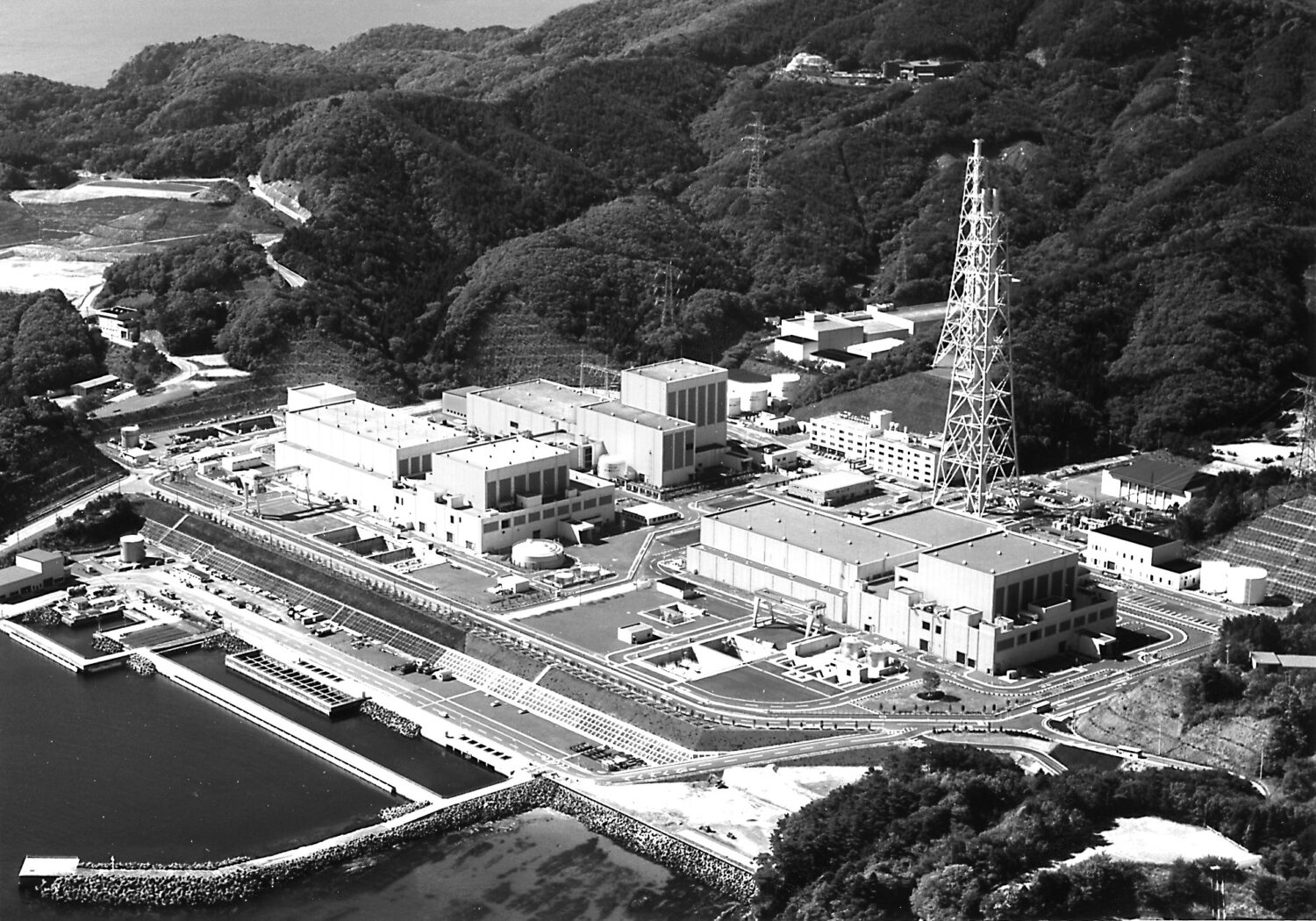
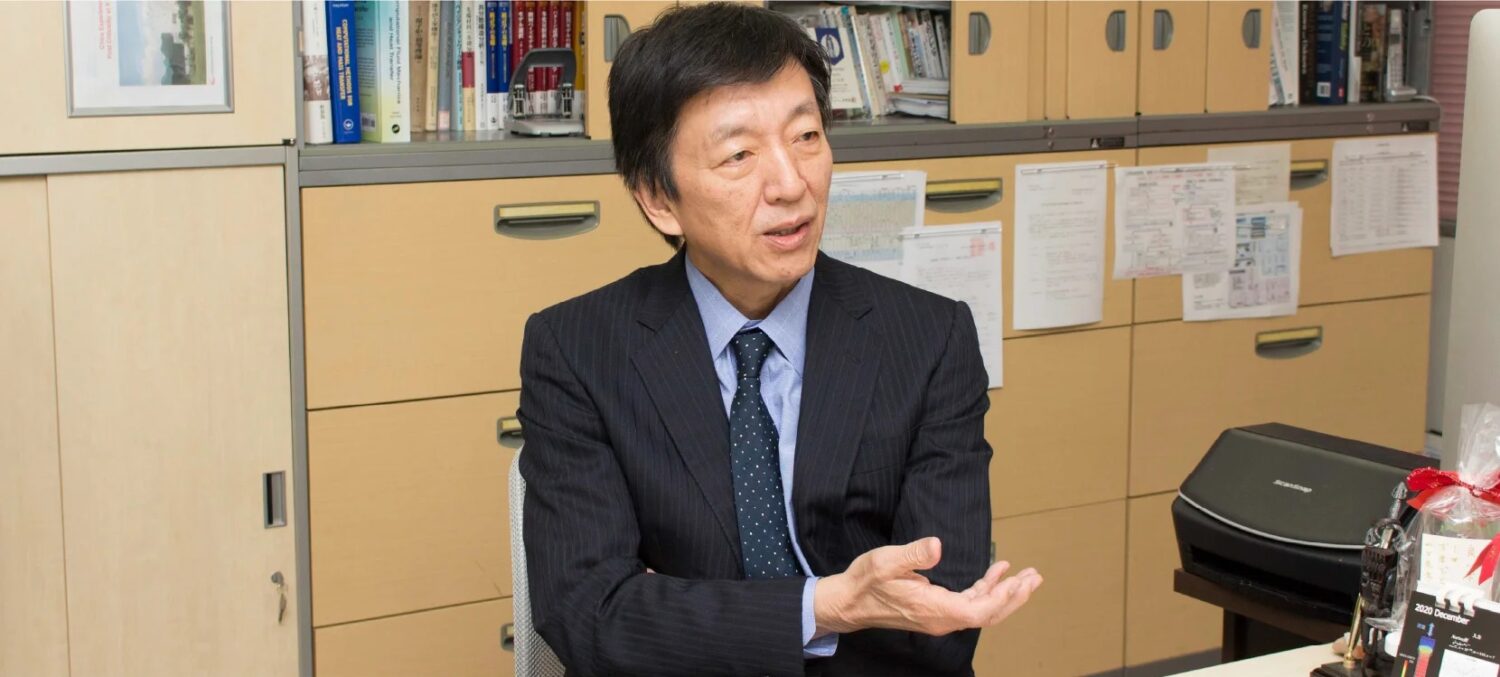
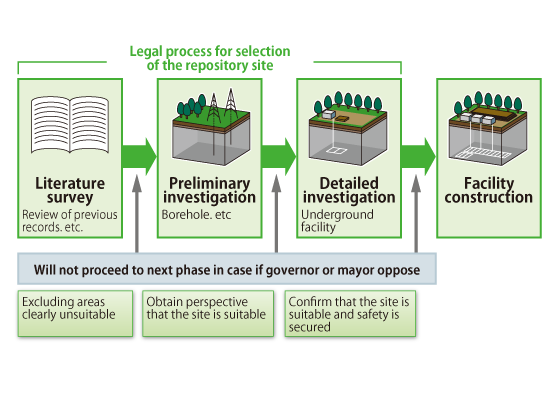
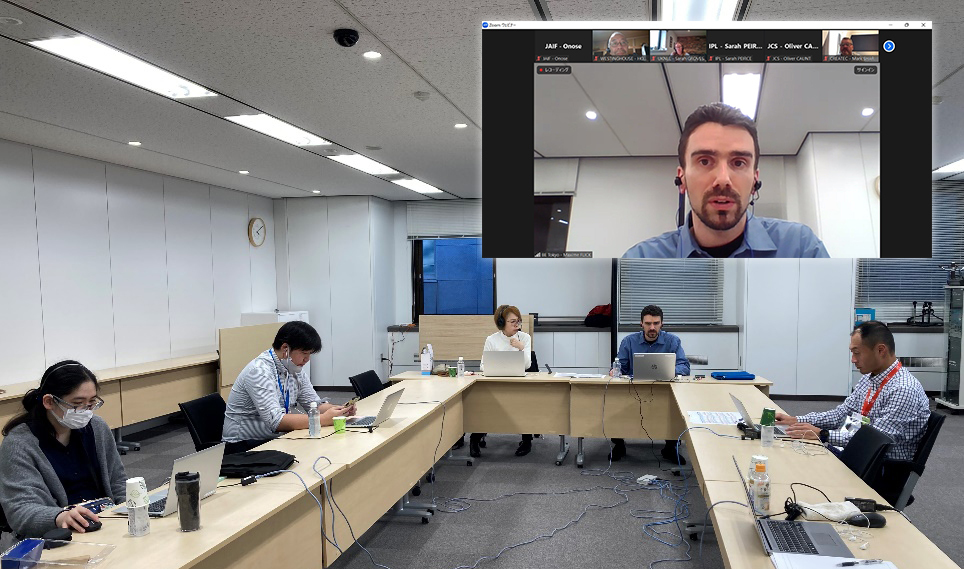
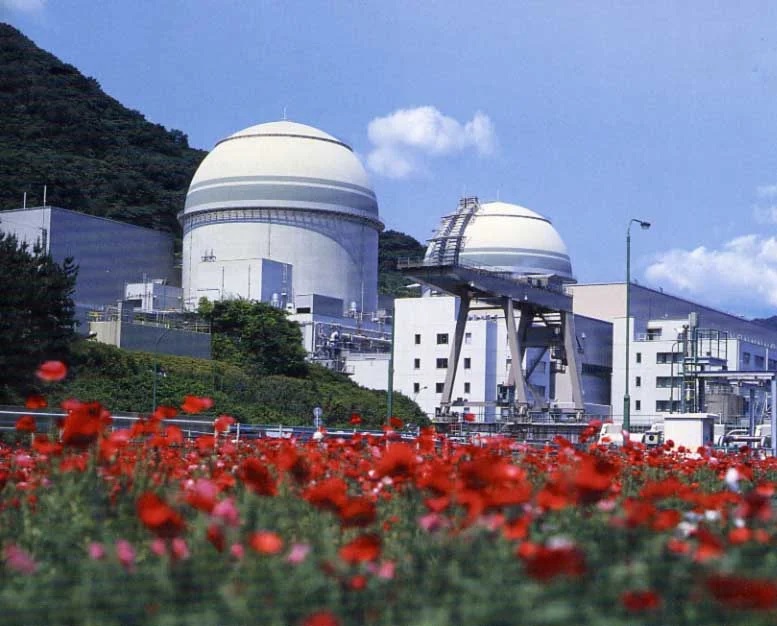
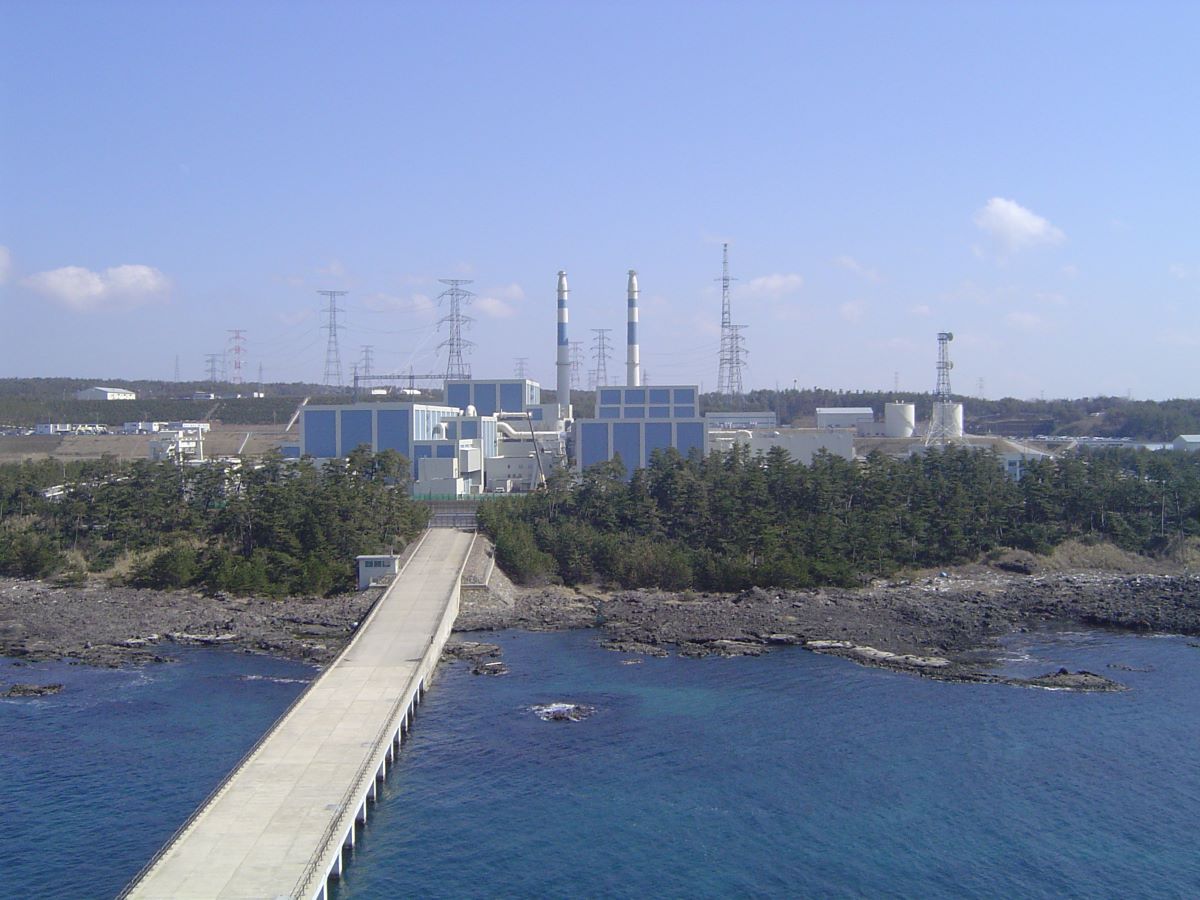
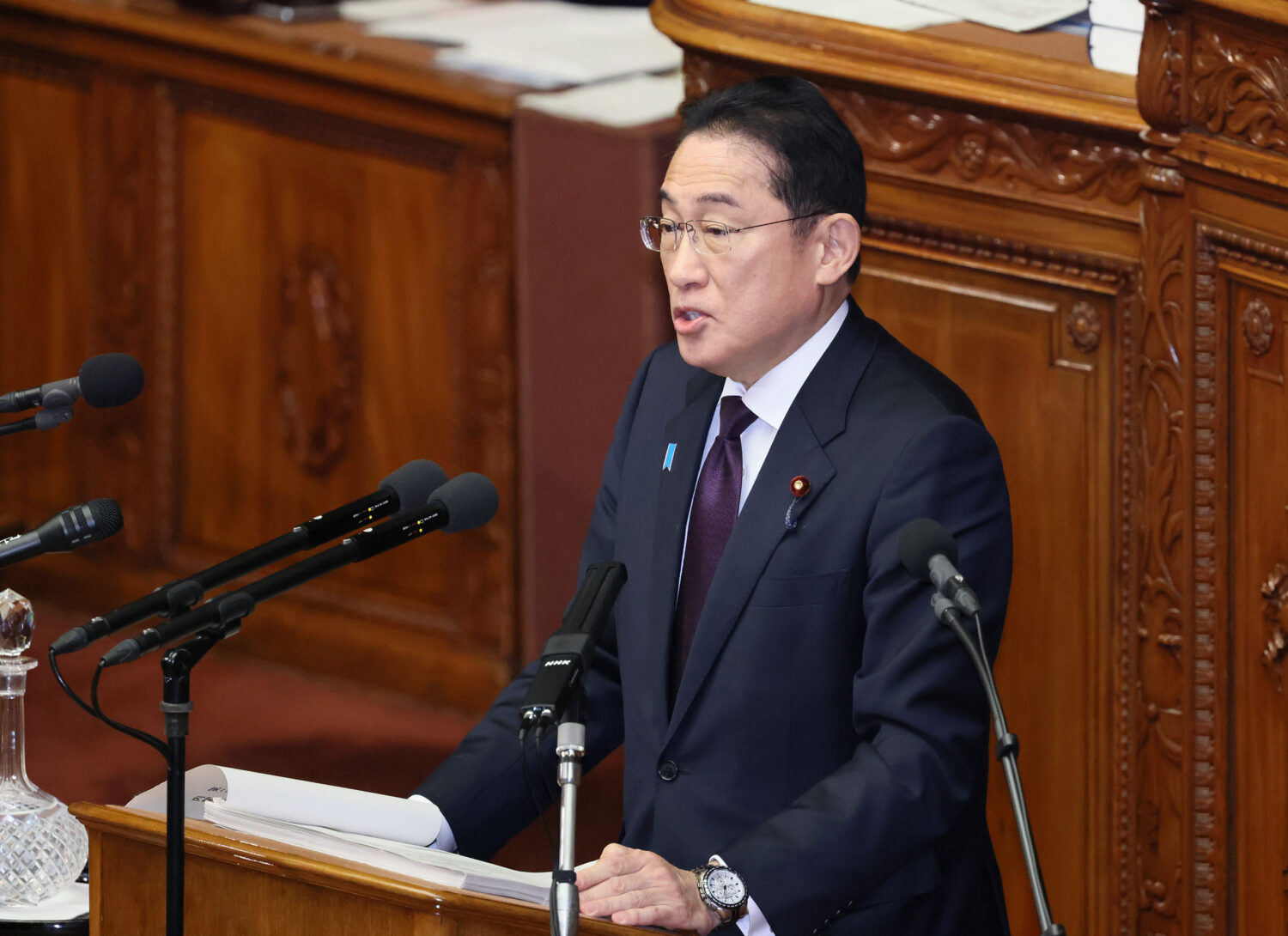


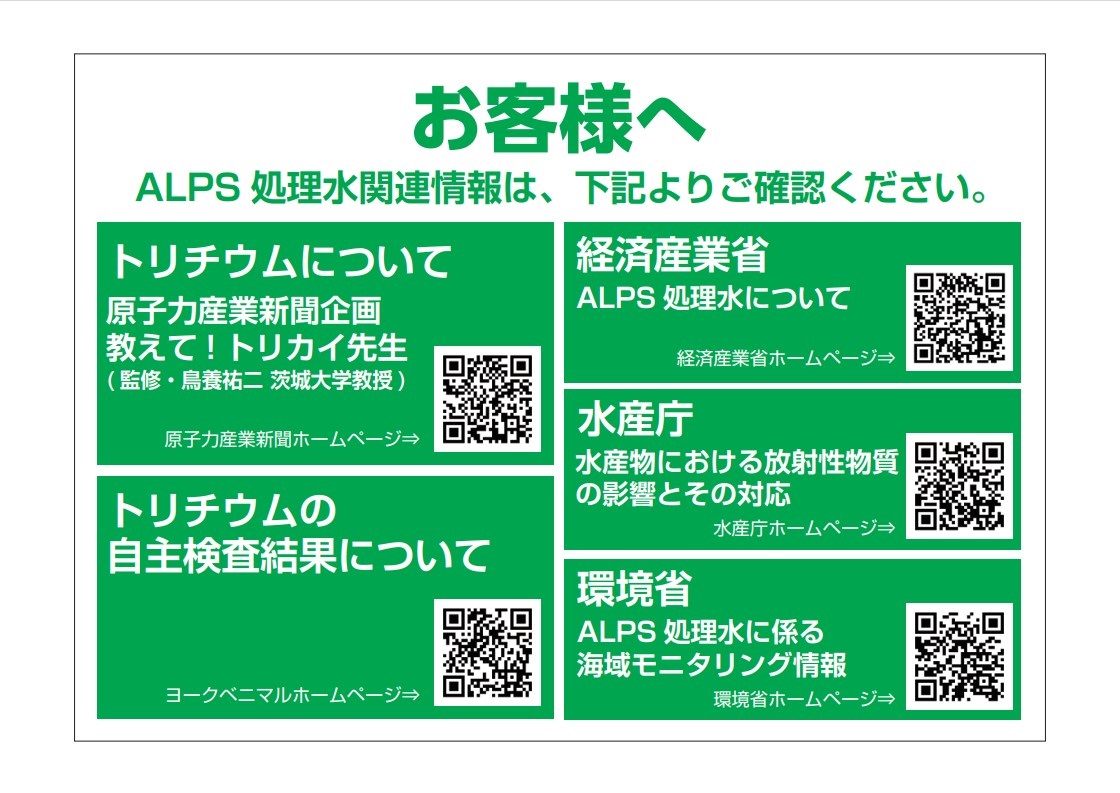
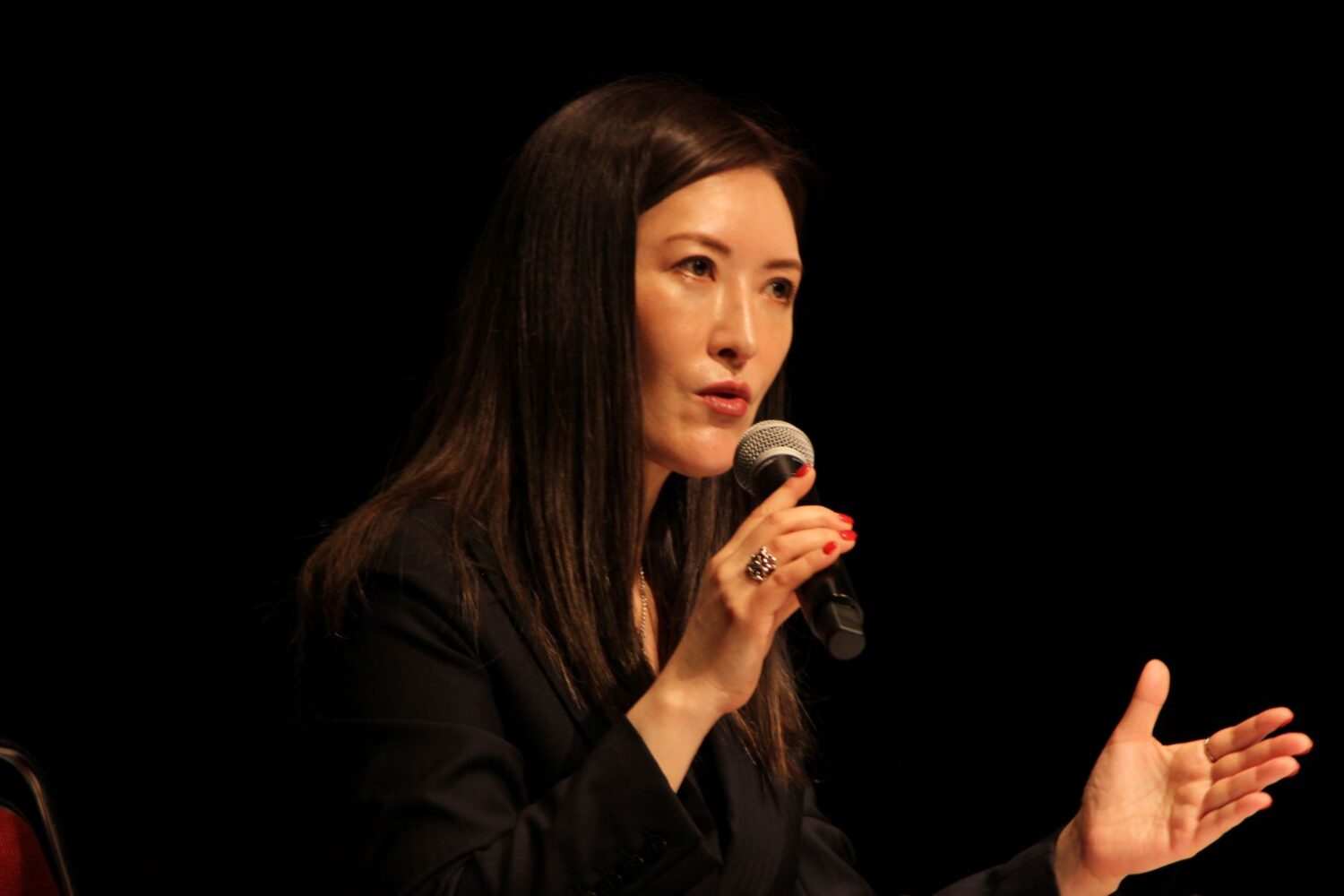

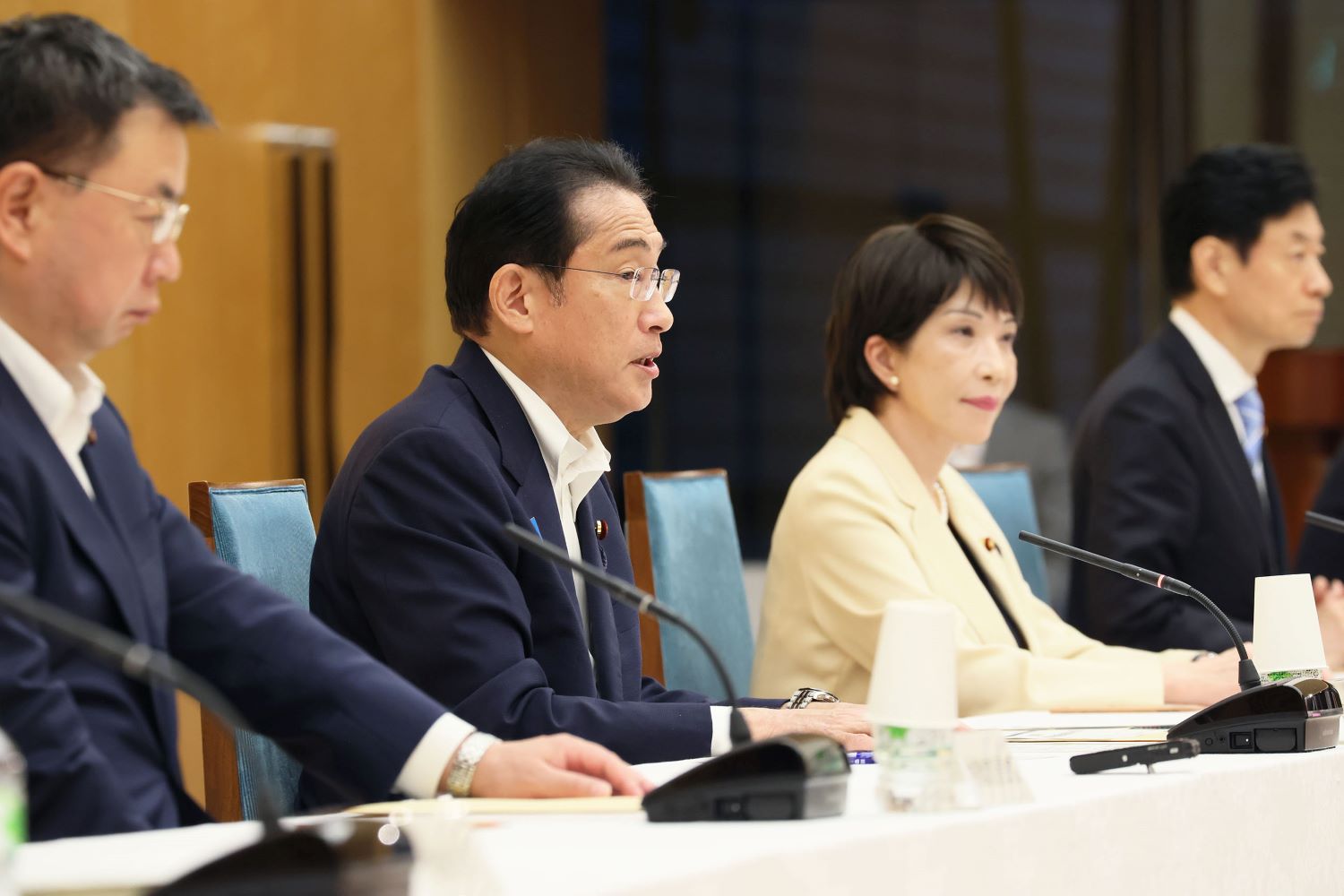
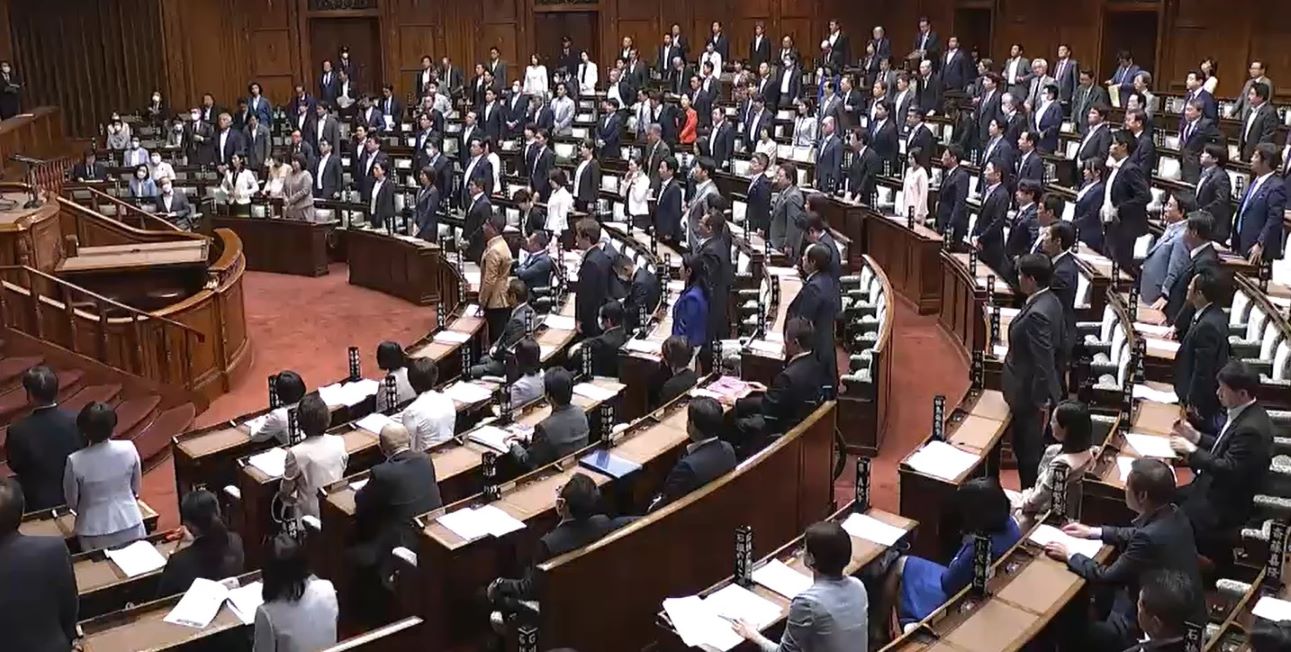
mini.jpg)
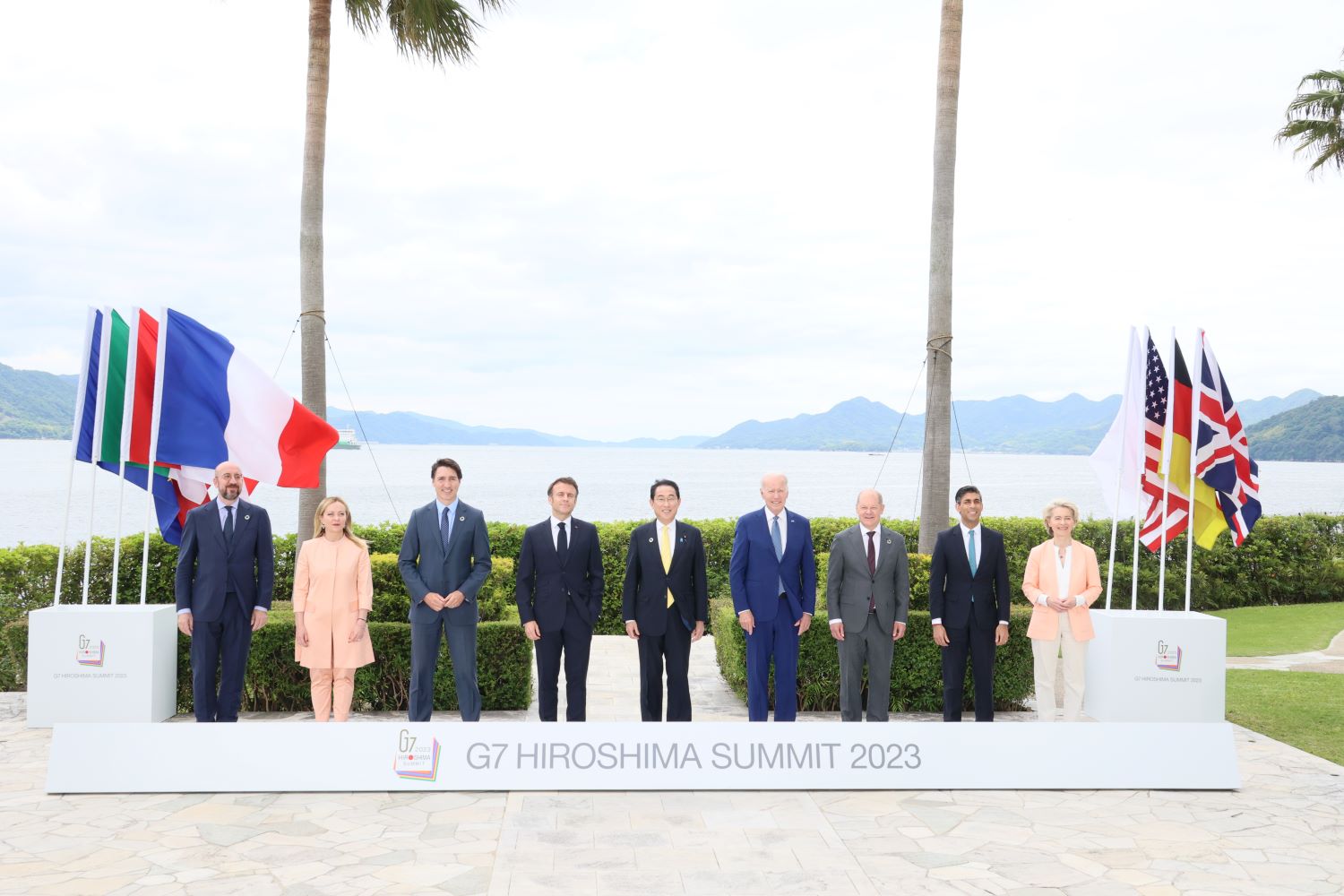
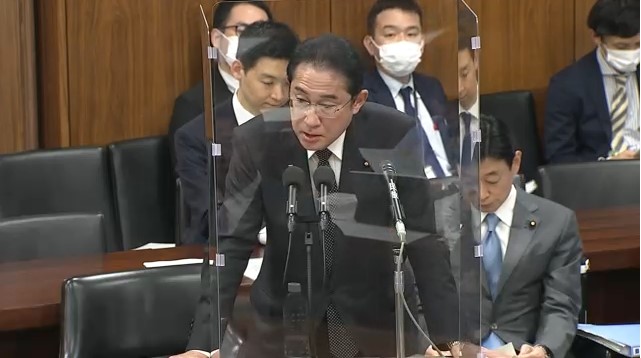
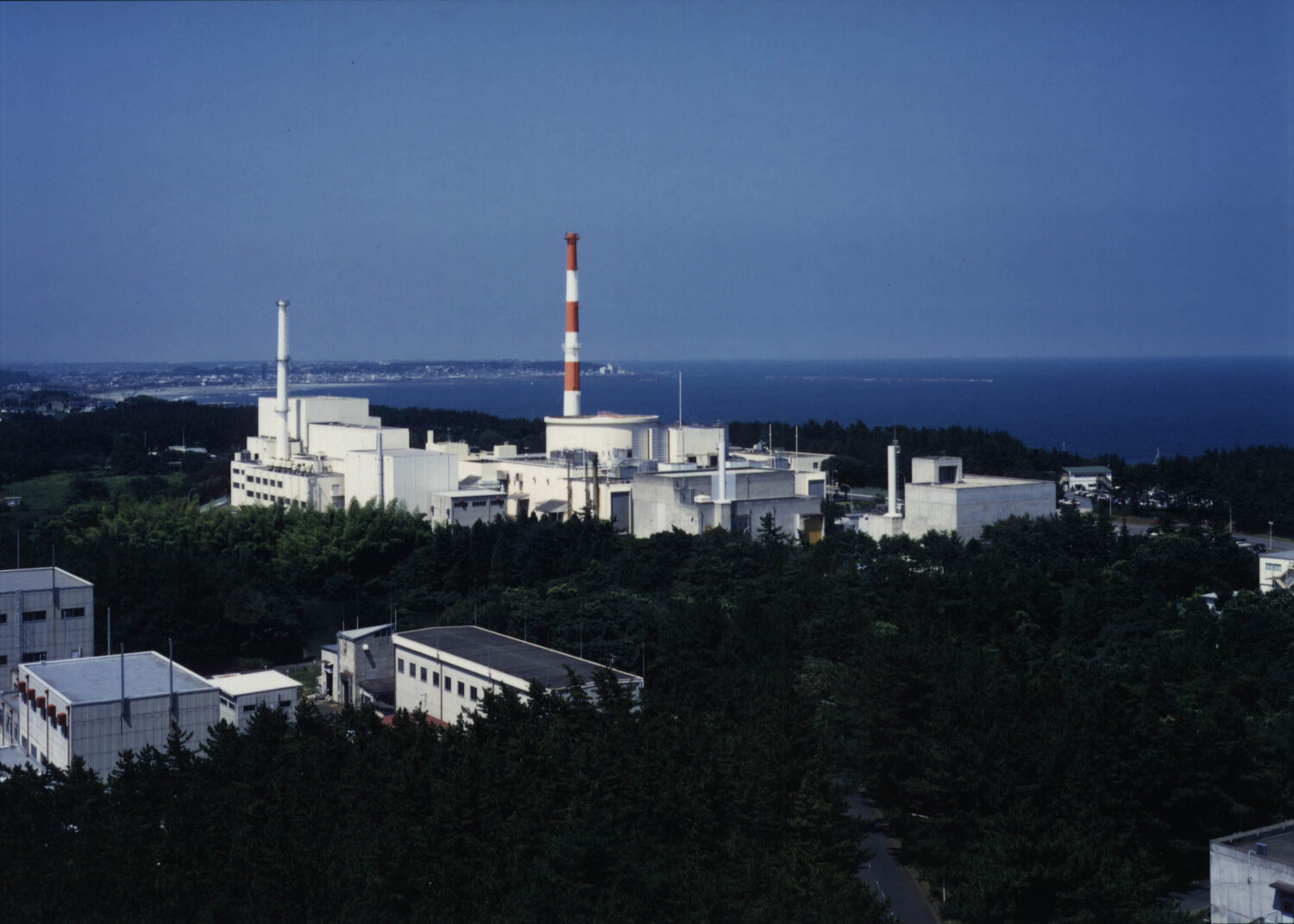
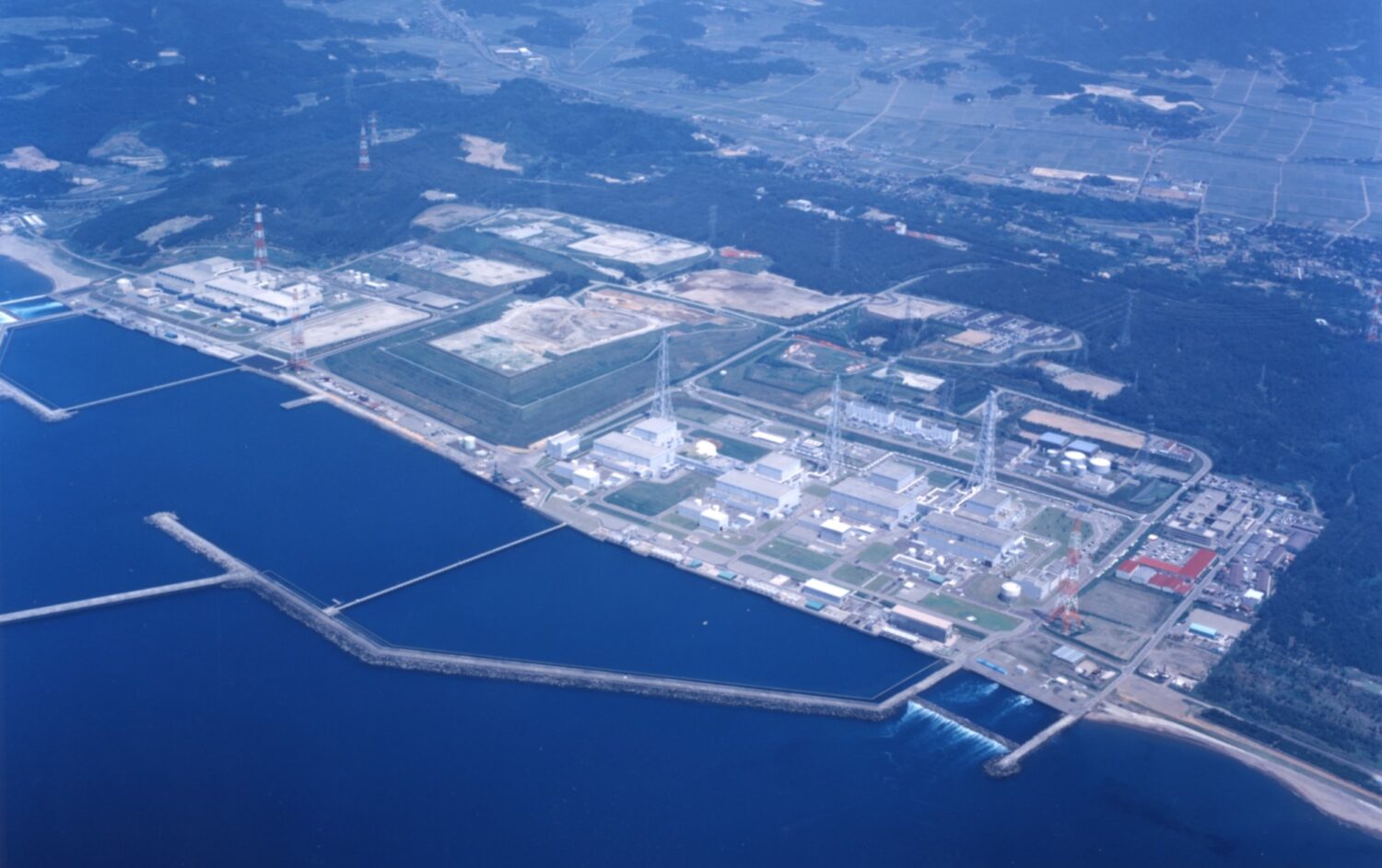
.jpg)
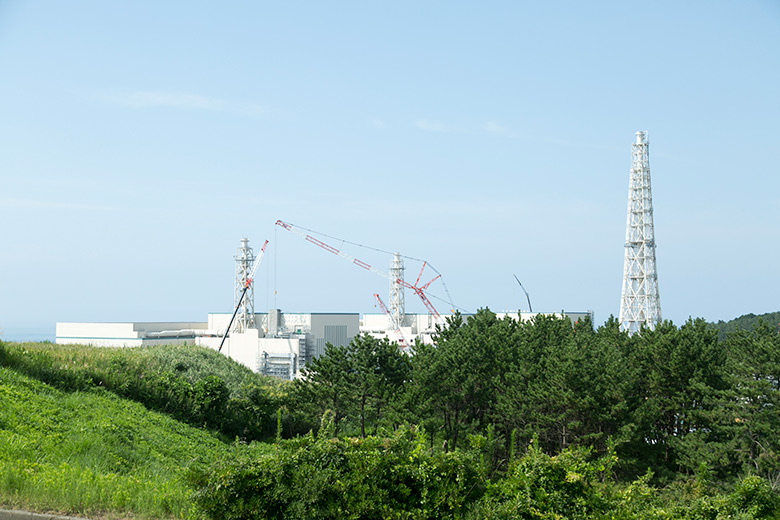
.jpg)

